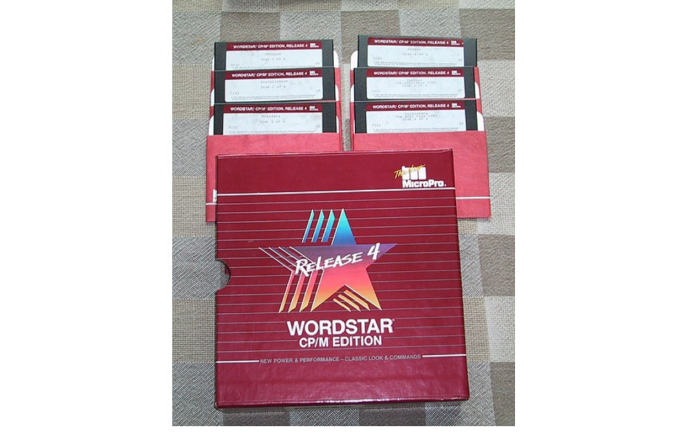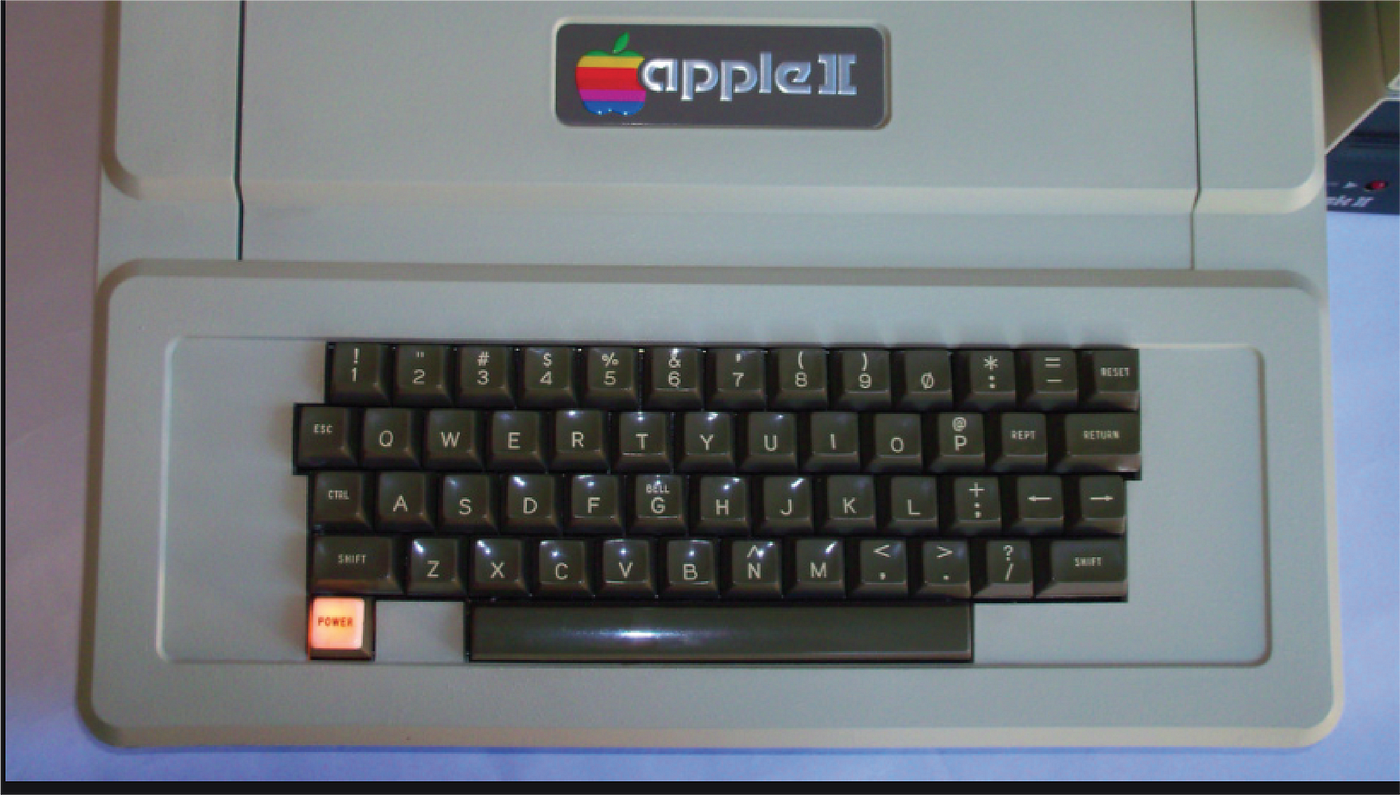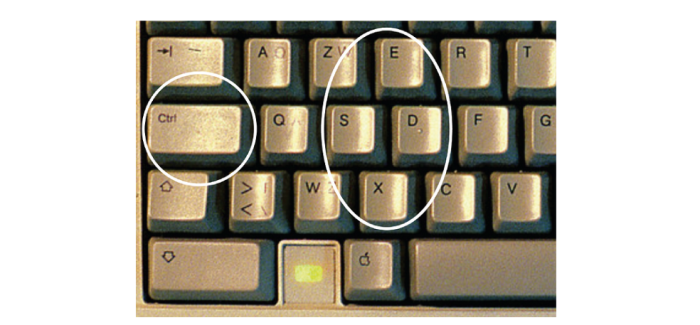Why we use Ctrl-C and Ctrl-V to cut and paste
mar 13 2023By Marcos Chiquetto

When you want to perform an action on a computer, you usually look for an icon on the screen that represents this action and you click on it. However, when you want to copy and paste text or an image, if you’re like most people, you will probably type Ctrl-C and Ctrl-V.

Where does this come from?
It goes back to 1978, when, for the first time, a word processing software became really popular. We are talking about Wordstar, created by Seymour I. Rubinstein and published by MicroPro.

Just so that you can get an idea of how this product was original and relevant at that time, the price for one license in 1980 was somewhere around US$ 400, about 1/10th of the price of a cheap car.

— And did it sell, even at this high price?
Yes, it sold, being mostly purchased by companies. However, this product ended up winning another originality award: it was the first computer program that was widely pirated over the entire world. Almost everybody had a pirated copy, which made it the global standard for word processing software. Hundreds of books on Wordstar were published in dozens of countries, many of them turning into best-sellers, since unauthorized users didn´t have the User Manual.

With the popularization of Wordstar, writing on the computer became a normal thing that everyone wanted to do. However, there was one issue with using a computer as a word processor: keyboards in those days were only equipped with the same keys as a typewriter, these being keys for letters, numbers, and graphic symbols. There were no keys for other actions, such as moving a cursor on the screen. To get around this problem, the “Control” key, which had been created for teletype terminals to change from text code to command codes, was added to computer keyboards. The purpose of this key was to alter the functions of existing keys in order to execute specific commands.

— And how many of these “Ctrl-key” commands were available in Wordstar?
Dozens of them, as you can see in the following picture.

Naturally, people who used Wordstar all day long would memorize the most useful commands, which included the ones for moving the cursor up and down and from side to side: Ctrl-E, Ctrl-S, Ctrl-D and Ctrl-X. Check out how this worked by holding down the Ctrl key on your keyboard with the little finger of your left hand while using your first finger to press E, S, D and X. It’s actually quite practical when you get used to it.

— So, what about if I have selected a block of text and I want to copy it and paste in another place?
There. We’ve arrived at the subject of this post. Look at the previous picture or try this on your own keyboard. What are the keys that are easiest to press with your first finger after moving the cursor with E, S, D, X, while holding down the Ctrl key with your little finger?
— C and V are directly to the right of X.
Yep. That’s why the commands for cut and paste are Ctrl-C and CRTL-V.
Among the dozens of esoteric commands used with Wordstar, these two commands ended up surviving until today and became standard for all sorts of computers and systems, even for graphic content, simply because they were simple and practical, and were memorized by thousands of people who passed it on to other people, and so on down the line.
If you found this article interesting, we invite you to read the one we have published about the QWERTY problem.
Sources:
https://en.wikipedia.org/wiki/WordStar
https://en.wikipedia.org/wiki/Apple_II_series
https://blog.consumerguide.com/cheapest-american-cars-1980/

I am an engineer, physics teacher, translator, and writer. I am also director of LatinLanguages, a translation agency that provides multilingual companies and final clients with translation into Portuguese and Spanish. If you work with these languages, we are your best option—delivering world-class service at Brazilian prices.
Marcos Chiquetto




